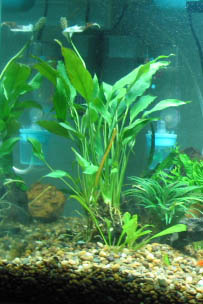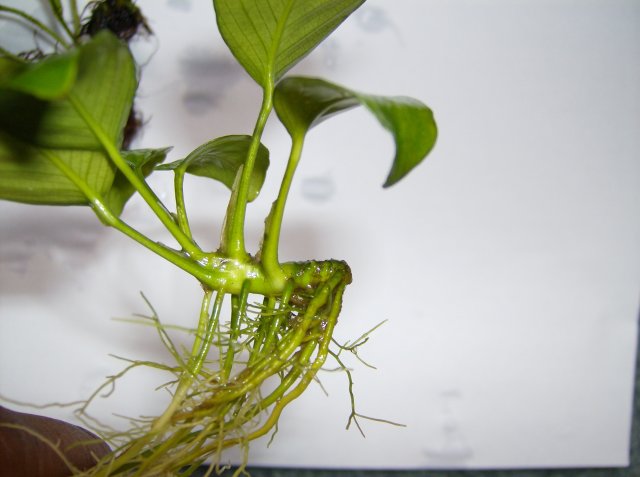Hi everyone,
Does anyone have a list of blacklist plants with pics? I am getting nervous here buying some fake aquarium plants from my Lfs. Have a small list but not with pics. I bought an Anubias like plant with similar flower but I was surprise just last week seeing the same plant at someone garden. Kindly help with this.
Does anyone have a list of blacklist plants with pics? I am getting nervous here buying some fake aquarium plants from my Lfs. Have a small list but not with pics. I bought an Anubias like plant with similar flower but I was surprise just last week seeing the same plant at someone garden. Kindly help with this.




